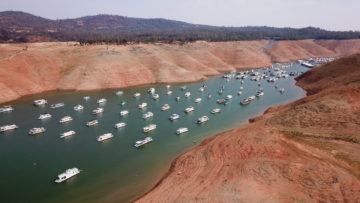Paul Voosen in Science:

Next month, after a yearlong delay because of the pandemic, the U.N. Intergovernmental Panel on Climate Change (IPCC) will begin to release its first major assessment of human-caused global warming since 2013. The report, the first part of which will appear on 9 August, will drop on a world that has starkly changed in 8 years, warming by more than 0.3°C to nearly 1.3°C above preindustrial levels. Weather has grown more severe, seas are measurably higher, and mountain glaciers and polar ice have shrunk sharply. And after years of limited action, many countries, pushed by a concerned public and corporations, seem willing to curb their carbon emissions.
But as climate scientists face this alarming reality, the climate models that help them project the future have grown a little too alarmist. Many of the world’s leading models are now projecting warming rates that most scientists, including the modelmakers themselves, believe are implausibly fast. In advance of the U.N. report, scientists have scrambled to understand what went wrong and how to turn the models, which in other respects are more powerful and trustworthy than their predecessors, into useful guidance for policymakers. “It’s become clear over the last year or so that we can’t avoid this,” says Gavin Schmidt, director of NASA’s Goddard Institute for Space Studies.
More here.
